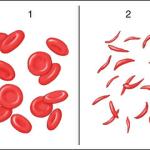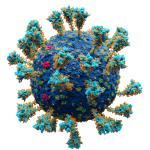vaccines
We began by exploring the difference between eradicating and controlling viruses.
The arrival of the next pandemic is a matter of when not if.
Vaccine expert Dr. Paul Offit joins Cameron English and Dr. Chuck Dinerstein on Episode 67 of the Science Dispatch podcast to answers these questions and discuss his new book:
During my lifetime, there have been several seminal breakthroughs in medicine that greatly changed our ability to prevent or treat disease. Part 1, below, describes several of them. I have a good idea of what some of the next ones will be.
It is bad enough when unqualified pundits offer dumb opinions about science, but bad legislation can cause real damage.












